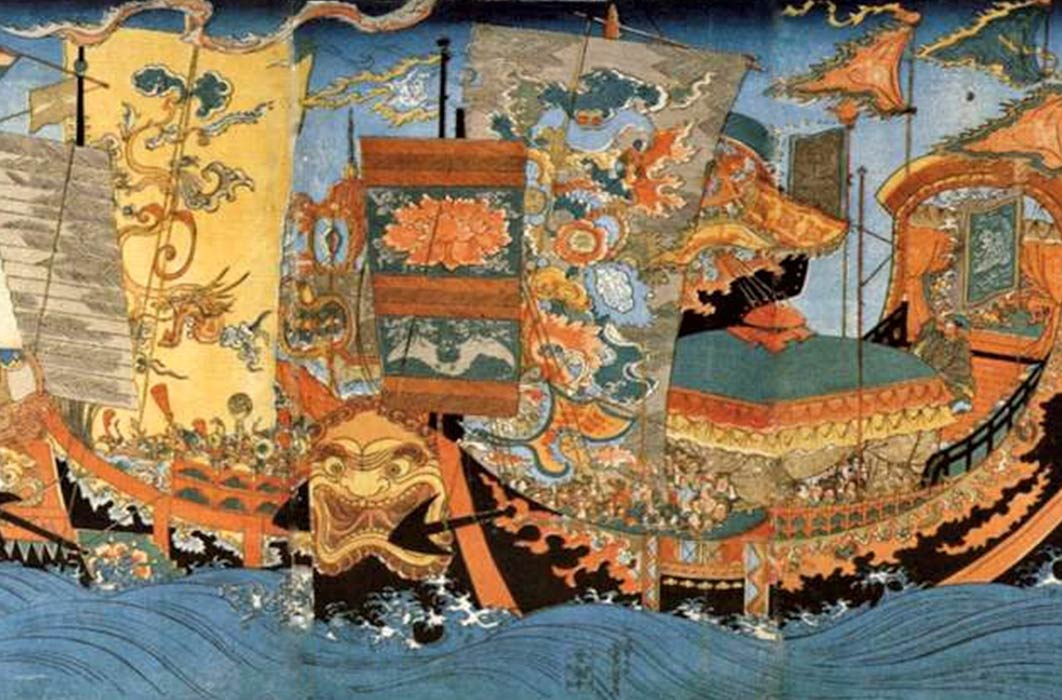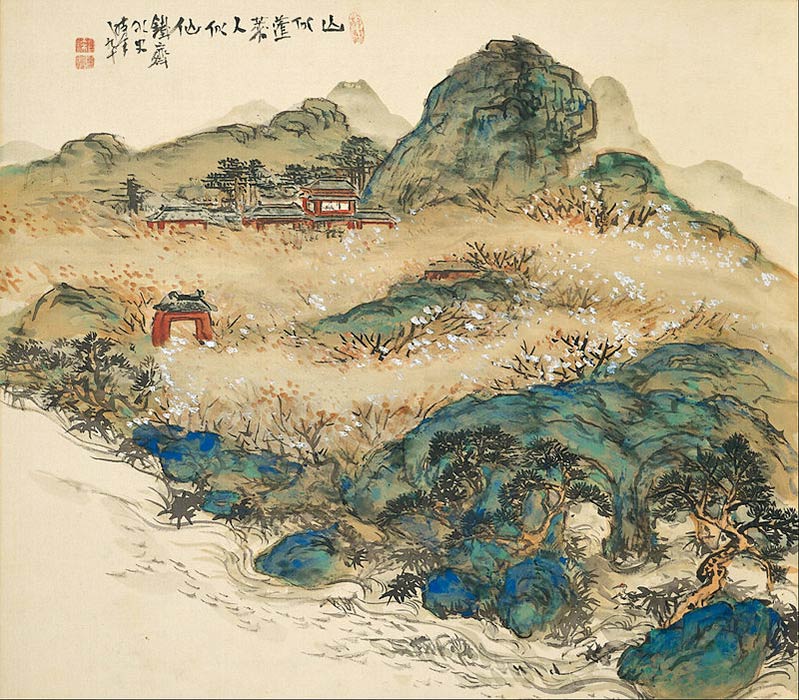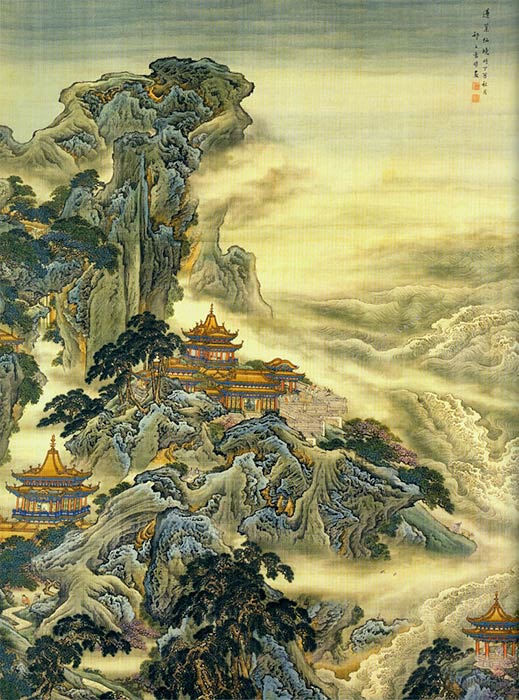
Sacred Islands Of Exotic Eastern Gods And Elixir Of The Immortals
Classic works such as Odyssey by Homer, The Tempest by William Shakespeare and Robinson Crusoe by Daniel Defoe tell about mysterious distant islands. These islands are usually exotic and inaccessible homes to treasures, spirits and immortals - providing the heroes with many strange adventures. From at least the third century BC, the Chinese culture regarded islands as sacred homes to the elixir of immortality. All these enticements then inspired a trend of voyages in search of sacred islands.
The early history of the quests in search of the sacred islands to gain immortality came to dominate imperial Chinese folklore of islands and the ocean. The narrative style of these quests first developed in the Ancient Chinese Classic of Mountains and Seas, a compilation of Chinese mythology, mythical geography and cultural account of pre-Qin China. As China’s maritime activity increased, fictions about islands of adventure gained popularity. This trend, in turn, inspired another trend of constructing artificial islands in imperial palace gardens.

Mount Penglai (Mountain of Immortals) by Tomioka Tessai (1924) (Public Domain)
Heavenly Islands Of Ancient Chinese Belief
An influential fourth century BC Chinese philosopher, Zhuang Zhou, tells of the immortals. The immortals are perfect beings who dwell in faraway islands, celebrated in poetry and paintings for their beauty and bountiful nature.
These islands became a favorite subject of Chinese and Japanese landscape painting. They had neither winter nor misery. However, they had high mountains, lush vegetation, clear blue waters as well as beautiful flora and fauna. The plants in these islands had magical qualities such as restoring youth and offering immortality to those who consumed them. Other magical richness included waters of life, life-prolonging trees and enchanted fruits that can heal any ailment, grant eternal youth and even raise the dead.
The three most famous islands in Qin and Han Dynasty literary works are Penglai, Fangzhang and Yingzhou. Reports of these three sacred islands first appear in the late second century BC Taishi Official Book, better known as Records of the Grand Historian in which King Wei, King Xuan of Qi State, and King Zhao of Yan State sent their officials to look for the three sacred islands - Penglai, Fangzhang, and Yingzhou.

Penglai (detail), depiction of one of the mythical islands by Yuan Yao (18th century) (Public Domain)
Seen from afar, the islands are covered in clouds. When regular people approached these islands, a disastrous wind would hit and force the boat to leave. Those special few who managed to land on the islands would then see palaces made of gold and silver, white animals, and the deities they would only have heard of until then. In this context, the color white symbolizes purity and holiness while the gold and silver palaces symbolize great wealth and carefree living.




